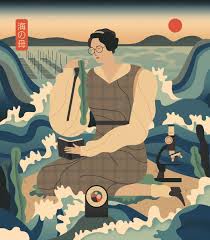Chinatown Manchester. Where to eat and some history.
Chinatown Manchester is the second biggest in the UK after London. It is right in the middle of the city, between Piccadilly gardens and St Peter’s square. A great place to eat and shop for exotic groceries, it’s a must visit when you’re in Manchester.
A little bit of Chinatown history
In the early part of the 20th century Manchester welcomed it’s first Chinese settlers. Many of whom worked in the laundry industry.This was the birth of Chinatown Manchester. After the second world war Manchester experienced a lot of immigration. People came from around the world taking advantage of the British Nationality Act. Britain needed more people for it’s post war workforce. One group of people who came were the Chinese. Most came to Manchester from Hong Kong, the Cantonese region of China. As a result a lot of us locals refer to Cantonese food as Chinese food. In fact Chinese food comes in many different regional forms.
Manchester’s Chinatown today
The most striking thing about Chinatown is Paifang archway on Faulkner street. This huge Chinese arch was built in China and shipped to Manchester in 1986 in 3 seperate parts. The arch is a gift to the Chinese community from Manchester City Council.
There are a lot of different restaurants to eat at around the area. You’ll notice that it’s not just Chinese restaurants. There’s Thai, Vietnamese and even Japanese here. One reason for this is the local Asian grocery stores. You can buy things here that you can’t find in normal grocery stores in the UK.
Where to eat in Chinatown
For many of us Mancunians we have our favourite go to places to eat in Chinatown Manchester. Old school restaurants like The Yang Sing on Princess street have been serving us for decades. Manchester’s palate has matured over the years. We now have many speciality Chinese restaurants such as Hunan on George street. Here the food is from the Hunan area of China, so spicier than Cantonese food. There’s also Red n Hot on Faulkner street for those looking for that Szechuan spice kick. Yuzu is a popular Japanese spot with a great sake bar.
Weird fact about Chinatown Manchester
On George street there is a small building called the Guardian Telephone Exchange. This was built in the late 50’s and sits at the entrance to a 4 mile network of underground tunnels. The tunnels were to house officials and workers in the event of a nuclear attack during the cold war. Similar tunnels were in place in London and Birmingham. Apparently, the tunnels were dug by Polish workers. The Poles couldn’t speak any English so there was less risk of anyone knowing they were there.
If you’d like to explore Manchester book on one of our food tours. Our food tours take you around the city centre on a 3 hour walking and eating adventure. We’ll tell you the story of Manchester’s communities and eat their food. Go to www.mancesterbites.com for more details.
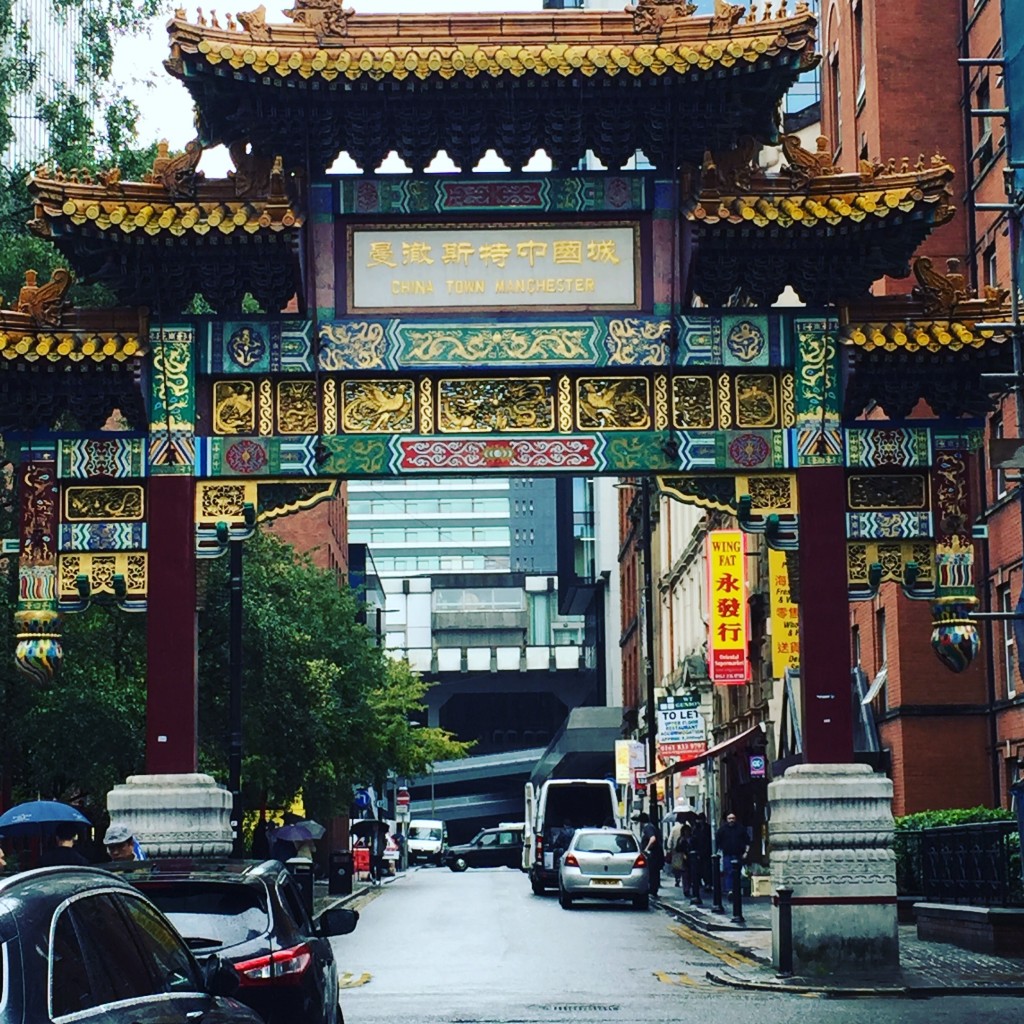
Pancho’s Burritos. Manchester’s Mexican street food.
Mexican street food is some of the best in the world. In Manchester we have one of the best Mexican street food joints in the whole of the UK, Pancho’s Burritos. Pancho’s can be found in the Arndale food court, just near the food market. We talk quite a lot about this hidden gem of a market in Manchester. It is tucked away at the back of the Arndale centre and as a result a lot of locals don’t even know it exists. We go there on our food tour of Manchester and it’s always a firm favourite.
How Pancho’s burritos came to Manchester
Enrique Martinez is the man behind Pancho’s burritos. He was born in Mexico city and was surrounded by some of the best street food in the world from an early age. Enrique had the opportunity to study in Manchester in 2006. It was then that he met his now wife Collette a local girl. After a few years living back in Mexico they both decided to move back over to Manchester and start a Mexican street food business. Pancho’s was born.
Unlike a lot of small food businesses that have to move around the city, Pancho’s has been in the Arndale since day one. Now ten years later they have a great reputation in the city. They now have a catering business and are busy every weekend with private events.
Their secret is to keep everything fresh. Salads, salsas, guacamoles, even the breads are made fresh daily. The UK public is now more aware of what authentic Mexican food is compared to Tex Mex gimmicks. Places like Pancho’s are giving us that authentic experience and Manchester is a better place for it.
How you can enjoy Pancho’s
You can find Pancho’s at the Arndale food market in Manchester. Go in using the high street entrance.
If you’d like to learn more about Manchester, come and explore it on our food tour. Manchesterbites food tours tell the story of the city and the characters that feed us. www.manchesterbites.com for more info.
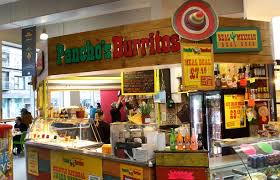
Manchester’s favourite buildings. The Midland Hotel.
One of the most well known buildings in Manchester city centre is the Midland Hotel. Opened in 1903 the hotel was built by the Midland railway company. In those days the major train station in Manchester was Central station. Central was right behind the Midland hotel. We now know it as Manchester Central Convention Complex. The hotel was built to house passengers of the service who had come to Manchester from all over the country. The building was designed by architect Charles Grubshaw. It is Edwardian Baroque in style and cost more than a million pounds to complete.
Famous stories of the Midland Hotel.
As well as being one of Manchester’s finest hotels the Midland is know for a few other reasons.
During world war two the area around the hotel was spared heavy bombing by the Luftwaffe. It is believed that Adolf Hitler was a big fan of the Midland. He allegedly wanted to use it as his base in the UK when he successfully invaded.
The hotel is also the place where Mr Charles Rolls first met Mr Henry Royce. The two later started up Rolls Royce which is still going strong today.
Another famous tale of the hotel involves their flagship restaurant The French. Known for decades as one of Manchester’s best restaurants, the doorman of The French once denied access to the Beatles for being inappropriately dressed. One of our tour guides believes that this was also because they were from Liverpool.
Can I visit without being a guest?
You can walk into the lobby area of the hotel to take a look. There are two great places to eat here. The French which we have already mentioned. This was Manchester’s first michelin starred restaurant. The award was given back in 1974. SInce then the restaurant closed down and re-opened in 2013. Adam Reid is now the chef patron there. He uses seasonal, local ingredients and has been drawing in the crowds every night.
For a more down to earth bite the Mount street Dining room and bar promises to serve local classics with a twist. Coming soon.
If you would like to explore Manchester in a unique way, book a food tour with us. Our small group tours take you off the beaten path as we visit some of our favourite food haunts. www.manchesterbites.com
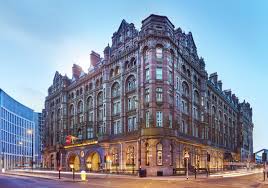
A Manchester food institution. This and That cafe.
One of our favourite places to visit in Manchester’s Northern Quarter is the This and That cafe. This and That has been a Manchester institution since it opened in 1984. Not only does it serve some of the city’s best curry dishes. It also epitomises the entrepreneur spirit of Manchester. Telling the story of South Asian immigrants introducing their flavours to us Mancunians.
A hidden gem in the Northern Quarter
This and That is hidden. It lies up a dark and dingy backstreet that looks like it’s been derelict for decades. Ironically this street is called soap street. There’s a small sign outside the restaurant that tells you you’re in the right place but apart from that, nothing.
The restaurant opened in 1984 and became famous for serving rice and three. Basically a big helping of pilau rice and 3 different curries
At the time the area was mostly used by the cloth trade which was heavily run by Pakistani immigrants. It made sense to open a restaurant nearby to feed the hungry workers. It didn’t take long for word to get out and soon enough the locals were eager to try the new flavours.
A bit of this and some of that
Indian and Pakistani food wasn’t well known in the 80’s like it is today. Most English customers used to just point at the dishes and say “I’ll have a bit of this, and some of that.” Hence the restaurant is called the This and That cafe.
In 2016 the restaurant received a bit of a makeover. The seating was extended to cope with the lunchtime crowds. Owner Ismail Mallu still works behind the counter dishing out the home made curries everyday.
If you’d like to explore Manchester and find places like This and That, book a food tour with us today. www.manchesterbites.com
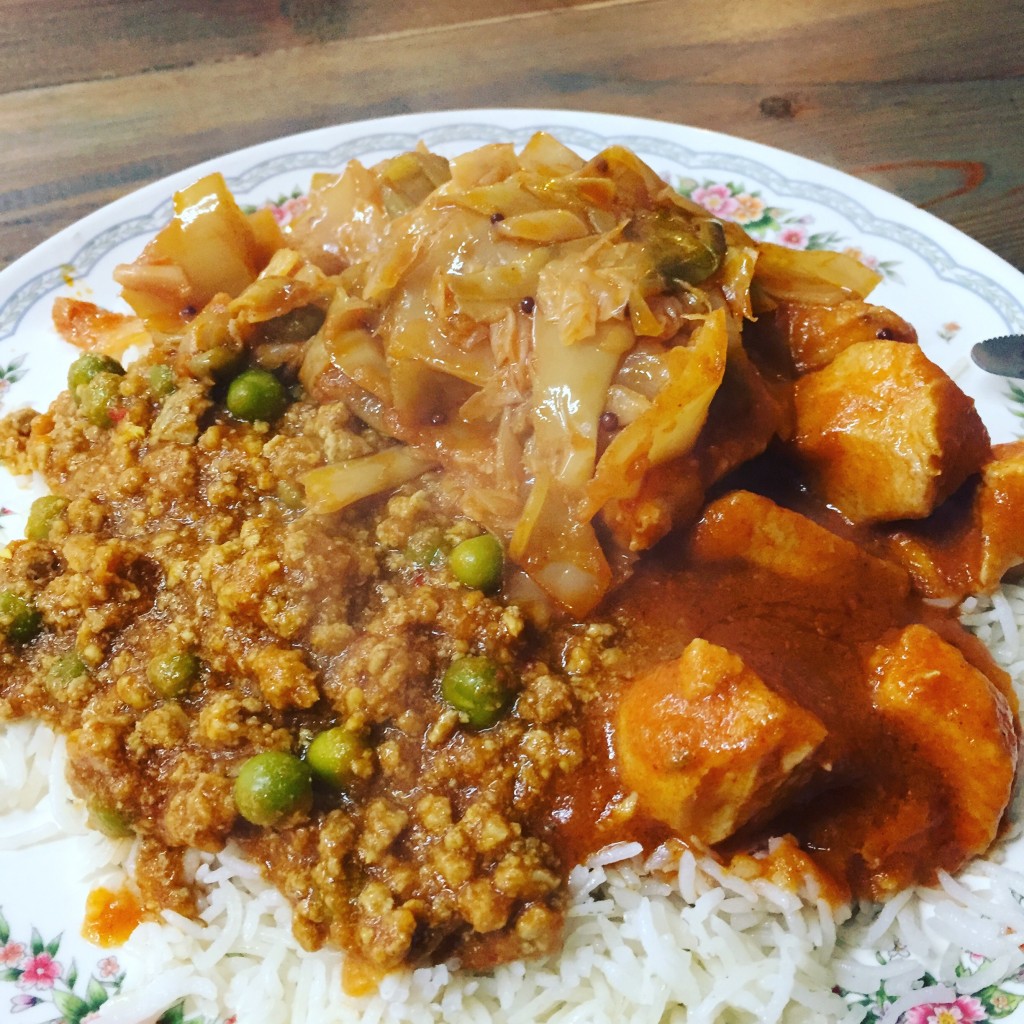
Manchester food tours. The Eccles Cake.
On our Manchester food tours we love showing off home grown Manchester food creations. The Eccles cake is perfect for a snack or even as a desert. So here’s the story of one of our favourite Manchester foods.
What is an Eccles Cake?
An eccles cake is a small butter pastry cake filled with currants and some spices. Cinnamon, nutmeg and cloves are commonly used. It’s more of a pastry than a cake but we call it a cake. The Eccles cake will often be covered in sugar for that extra sweet taste. Traditionally in Eccles they would be eaten with a few slices of Lancashire cheese. They go well together you should try it.
The history of the Eccles cake
People have been scoffing down eccles cakes since the 1600’s. The cakes are named after the town Eccles which is about 2 miles west of Manchester city centre.
It is believed that they were made to celebrate St Mary’s day. The church of St Mary in Eccles used to hold large festivals in those times. They were called the Eccles Wakes and it was here that the Eccles cake was born.
The cakes became so popular that during the Puritan years (where basically fun was illegal) they were banned. Oliver Cromwell even brought in an act of parliament threatening imprisonment for anyone seen eating an Eccles cake.
The cake that need a health and safety warning
In more recent years the Eccles cake has come to fame for causing a rise in home kitchen fires. The Lancashire fire brigade had to warn the public not to microwave them. The sugar topping was exploding in the microwaves and causing kitchens to burn down.
One of the most famous producers of the cakes are Real Lancashire Eccles Cakes. They make the cakes here in Manchester and ship them all over the world. You can find their cakes in most supermarkets in Manchester.
Manchesterbites food tours are the best tours to explore Manchester and it’s food. If you’d like to book a tour go to www.manchesterbites.com/tours
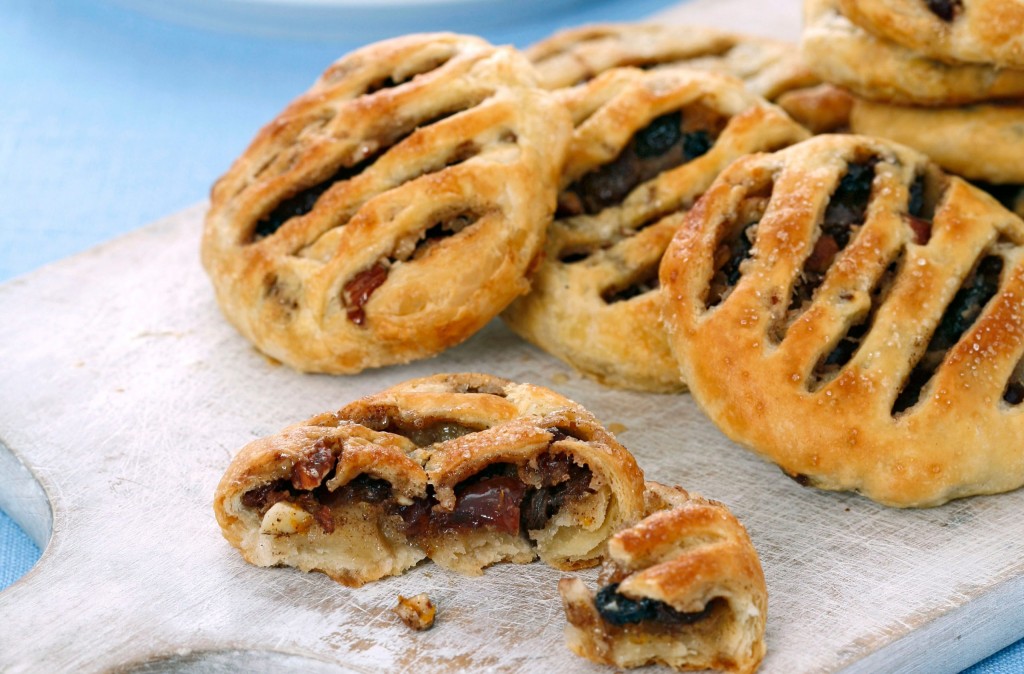
Mother of the Sea. How Manchester saved Sushi.
We like talking about Manchester inventions and those Mancunians that have changed the world. Here’s a story of a Manchester food hero that dates back to the early 1900’s. This might just change the way you think about sushi.
In 1901 Kathleen Drew Baker was born in Leigh. She spent her childhood learning about horticulture and gained a scholarship to study at the University of Manchester. She graduated in 1922 and began working as a lecturer at the university.
It was during her time as a lecturer and researcher that she made a crucial discovery. This discovery wasn’t really to effect the food community in Manchester. But it would make a huge difference to life in Japan. Kathleen Drew Baker had discovered a way to farm seaweed. In particular the type of seaweed that is used in sushi.
Nori seaweed cultivation had almost stopped in 1950’s Japan. Due to harsh monsoons and lack of seeds in Nori the Japanese were at a loss for how to farm it. Drew Baker had discovered that seashells could act as a host environment to allow the seaweed to grow.
Mother of the Sea
Once her work was shared to scientists in Japan they immediately got to work farming Nori.
Kathleen Drew Baker never visited Japan and sadly died in 1957. She had no idea how important her findings were to a country she had never even seen.
Today Japan still celebrates Kathleen. On April 14th there is a Drew festival to celebrate her life. She is affectionately known as “The Mother of the Sea.” In Uto Kumamoto there is a statue dedicated to her memory.
So next time you are enjoying sushi you can remember Kathleen. Another food hero of Manchester.
Our Manchester food tours are a great way to explore Manchester. If you’d like to learn more go to www.manchesterbites.com
